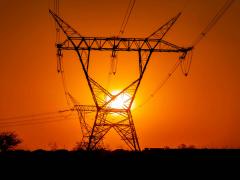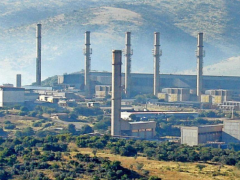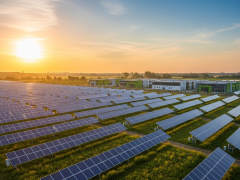Global electricity demand surged to an all-time high in 2024, propelling renewable and fossil fuel energy production to record levels, according to the Energy Institute’s 74th Statistical Review of World Energy, co-authored by Kearney and KPMG.
Electricity remains the fastest-growing part of the global energy system with demand rising by 4% – more than double the overall energy demand growth rate, which increased 2% year-on-year to a record high of 592 EJ.
China alone accounted for half of the increase, followed by the US, EU and other major Asian economies. Key drivers included electrification in transport, expansion of AI and cloud computing, and improved energy access in developing countries.
The acceleration pushed renewables and fossil fuels to record production levels. Solar generation grew 28%, adding 455 TWh, while wind increased just 1,7% amid grid delays and project bottlenecks. Combined, wind and solar grew by 16%. Hydro posted its largest rise since 2010, contributing 14% of global electricity, and nuclear increased by 3% (supplying 9%).
Charting global capacity trends, all major energy sources – coal, oil, gas, solar, wind, hydro and nuclear – reached new production highs in 2024, a phenomenon last seen in 2006. However, fossil fuels still dominated primary energy supply at 86,6% (down just 0,5 percentage points from 2023). Carbon-based energy use hit 165 EJ with 83% of consumption concentrated in the Asia-Pacific region.
“Renewables are an energy addition, not an energy substitution. The pace of clean energy deployment is insufficient to counterbalance continued fossil fuel expansion. Some regions are cutting fossil use while others are expanding it. We’re witnessing a highly disorderly shift rather than a coordinated global effort,” said Energy Institute CEO Nick Wayth.
Energy-related CO₂ emissions rose 1% for the fourth consecutive year. Without low-carbon generation, emissions would have been 25% higher, the report says.
China was the single largest contributor to energy trends – driving more than 60% of global wind and solar additions – yet still relied on coal for nearly 60% of its electricity. “The scale and direction of China’s energy choices will determine whether the world can deliver a secure, affordable and low-carbon energy future,” said Wayth.
In Africa, refining capacity rose nearly 20% in 2024, led by Nigeria’s Dangote refinery. While renewable electricity generation (excluding hydro) grew 6,1% – the slowest regional rate – Africa’s critical mineral output surged. The Democratic Republic of the Congo raised cobalt production by 44%, accounting for 74% of global supply. The continent now produces 27% of the world’s critical energy transition minerals.













